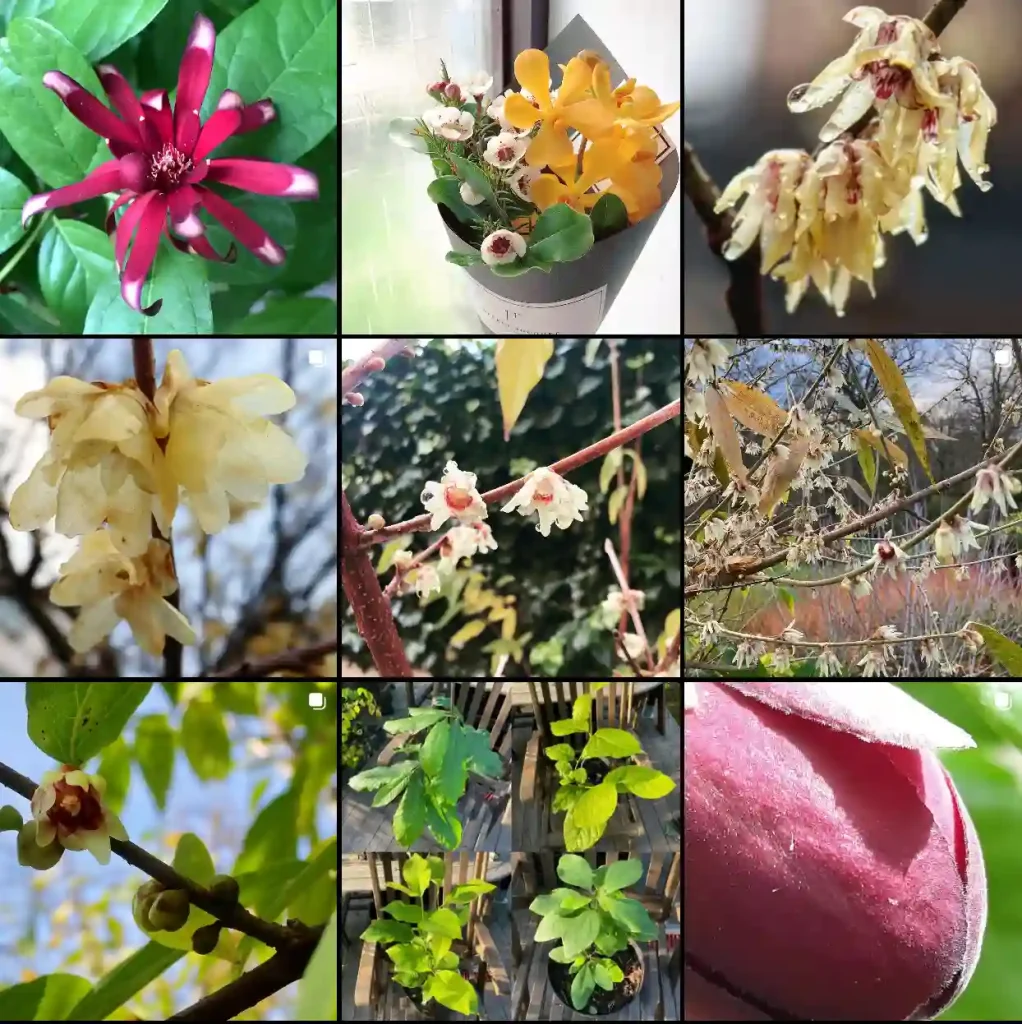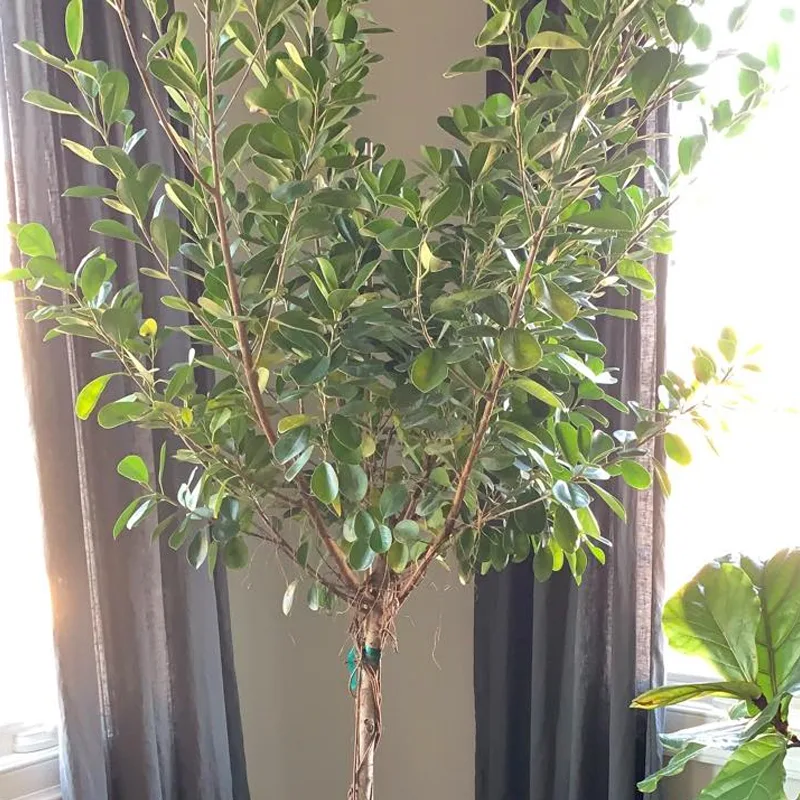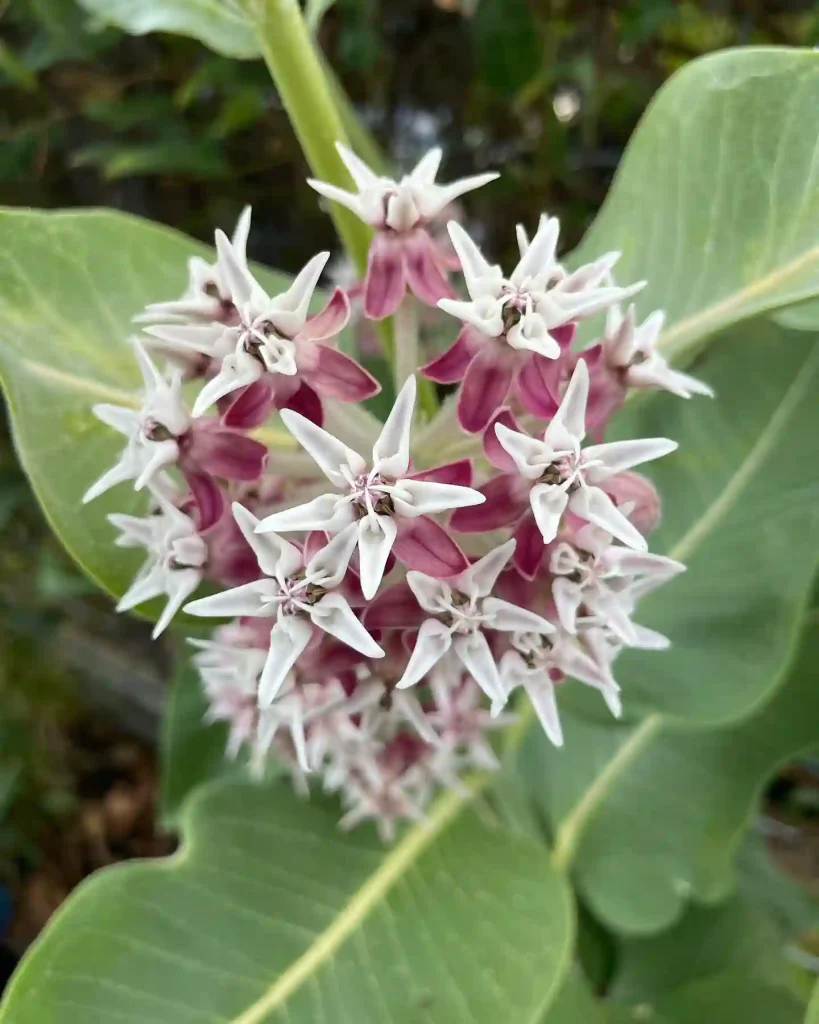FAQs of Cicuta Virosa
As an avid plant enthusiast, I’ve encountered many fascinating species, but Cicuta Virosa stands out, not just for its appearance but for its unique characteristics and complexities. This article explores some frequently asked questions about Cicuta Virosa, providing insights based on my experiences and research.
4 Species in Genus Cicuta – Water Hemlock
What Is Cicuta Virosa?
Cicuta Virosa, commonly known as Northern Water Hemlock, is a perennial herbaceous plant found in wetland areas across Europe and North America. Recognized for its tall stature and intricate white flowers, this plant often grows up to 2 meters high. Despite its beauty, it’s essential to understand its nature, as it belongs to the Apiaceae family, which includes many edible plants, yet Water Hemlock is highly toxic.
Is Cicuta Virosa Toxic?
Yes, Cicuta Virosa is extremely toxic. It contains potent alkaloids, particularly cicutoxin, which can cause severe poisoning and even death if ingested. Symptoms of poisoning include nausea, seizures, and respiratory failure. It’s crucial to handle this plant with care and keep it away from pets and children. I recommend educating anyone around you about its toxicity to prevent accidental ingestion.
Can Cicuta Virosa Be Used with Keppra?
This is a question I’ve seen arise frequently. Keppra, or levetiracetam, is an anticonvulsant medication used to treat epilepsy. Given the toxic nature of Cicuta Virosa, I strongly advise against any use of this plant with Keppra or any medication without consulting a healthcare professional first. The interactions could be unpredictable, and prioritizing safety is essential.
How to Care for Cicuta Virosa?
Caring for Cicuta Virosa requires an understanding of its natural habitat. It thrives in moist, nutrient-rich soil and prefers partial to full sunlight. If you choose to cultivate it (though I advise caution), ensure it has plenty of water, especially during dry periods. However, due to its toxicity, it’s generally better to admire this plant in its natural environment rather than attempting to grow it at home.
How to Propagate Cicuta Virosa?
Propagating Cicuta Virosa can be done through seeds. However, I emphasize caution here. The seeds should be sown in early spring in a wet, nutrient-rich substrate. They require a moist environment to germinate, reflecting their natural habitat. Still, I recommend considering the risks associated with cultivation before attempting this.
Can You Grow Cicuta Virosa Indoors?
Growing Cicuta Virosa indoors is not advisable. The plant’s high toxicity poses significant risks, and controlling its environmental needs can be challenging. Instead, if you’re drawn to the aesthetics of Water Hemlock, consider looking for safer alternatives that mimic its appearance without the associated dangers.
What to Plant with Cicuta Virosa?
In natural settings, Cicuta Virosa often grows alongside other wetland plants. However, if you’re thinking about companion planting in a garden setting, it’s better to focus on non-toxic plants. Consider native wetland species like marsh marigold or various sedges, which thrive in similar conditions but are safe to handle.
What Are the Benefits of Cicuta Virosa?
While it’s crucial to focus on the risks, Cicuta Virosa does have some historical uses in traditional medicine, particularly in very controlled environments. In folklore, it was sometimes used for its purported medicinal properties, but the overwhelming consensus today is that the risks far outweigh any potential benefits.
Common Problems with Cicuta Virosa
One common issue with Cicuta Virosa is its aggressive growth in suitable environments. It can outcompete other plants, leading to monocultures in wetlands. Additionally, if ingested, the plant can pose severe health threats, making it critical to monitor its spread carefully.
Compare Cicuta Virosa with Other Similar Plants
Cicuta Virosa is often confused with other plants in the Apiaceae family, such as Cow Parsnip (Heracleum maximum) and Giant Hogweed (Heracleum mantegazzianum). While they may share similar habitats and appearances, the toxicity levels differ significantly. Cow Parsnip is less toxic but can still cause skin irritation, while Giant Hogweed poses serious risks through skin contact. Understanding these differences is essential for anyone exploring these plants in the wild.
In conclusion, Cicuta Virosa is a captivating yet dangerous plant that deserves respect. While it offers interesting insights into plant biology and ecology, its toxicity necessitates caution. If you’re curious about this plant, I encourage you to explore it safely, appreciating its beauty from a distance rather than as a personal addition to your garden.
If i die, water my plants!



